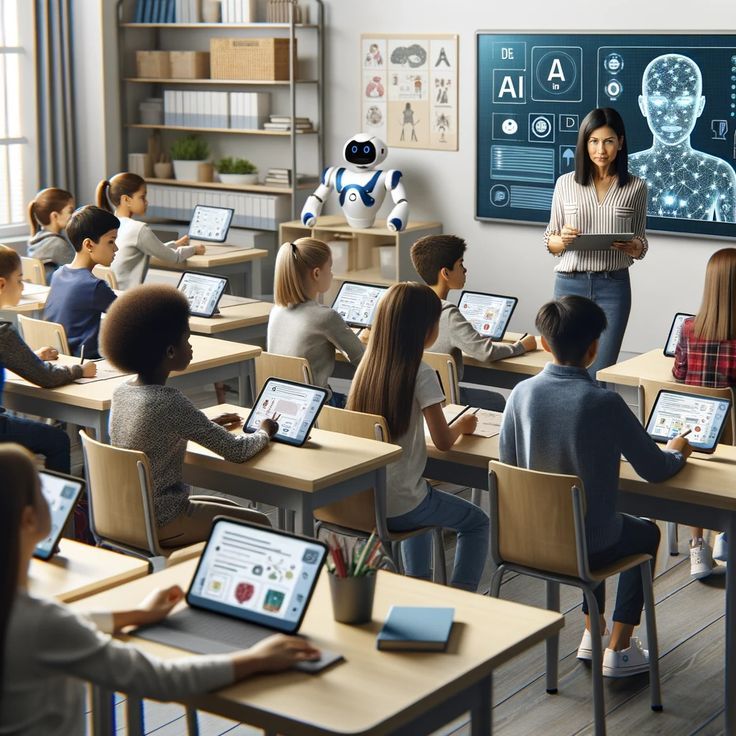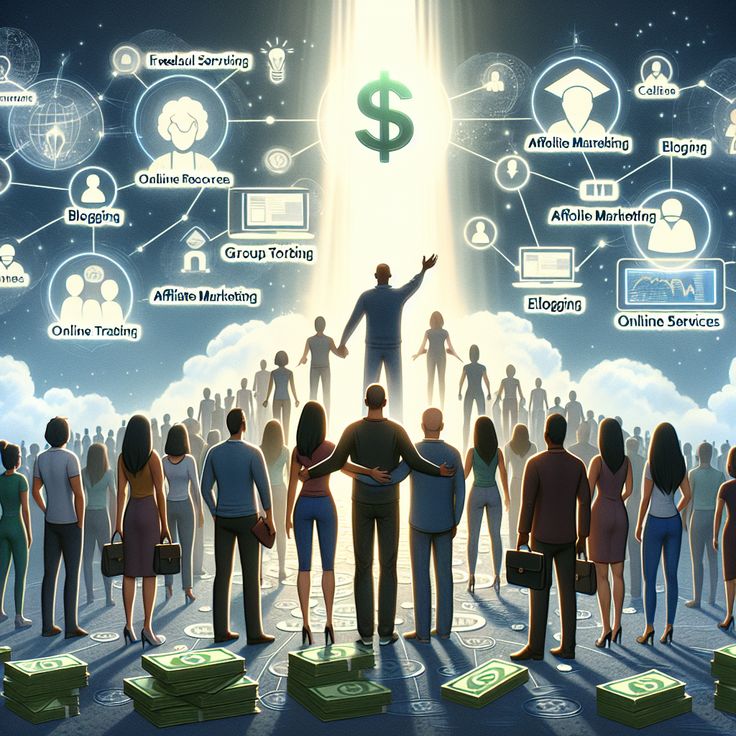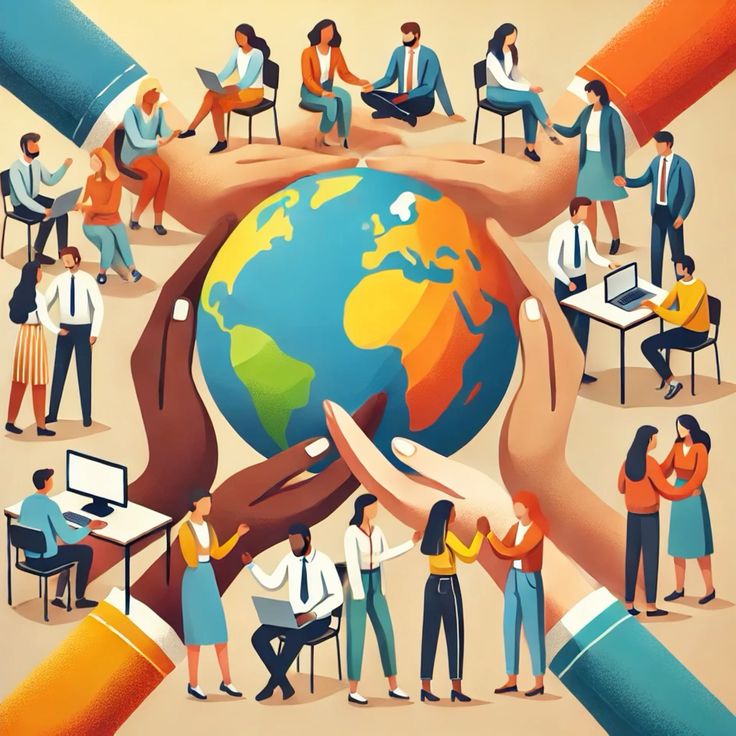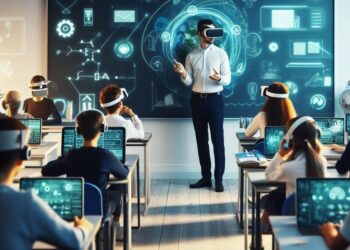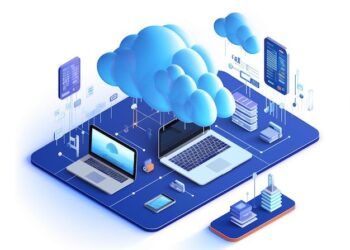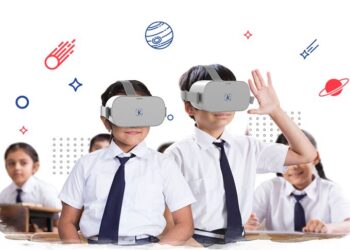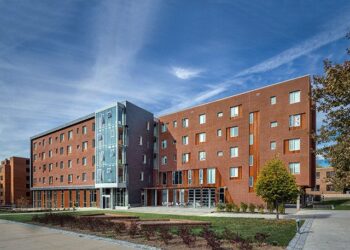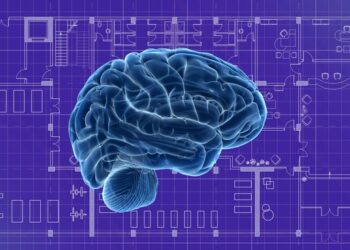The educational landscape is undergoing a revolutionary transformation as we transition into the era of Education 5.0. This paradigm shift represents more than just technological advancement; it embodies a fundamental reimagining of how we prepare learners for an increasingly complex and interconnected world. As artificial intelligence, automation, and digital technologies reshape industries globally, educational institutions must evolve to meet the unprecedented demands of tomorrow’s workforce.
Understanding Education 5.0: A Revolutionary Paradigm
Education 5.0 represents the fifth generation of educational evolution, building upon the foundations laid by its predecessors while introducing groundbreaking concepts that align with Industry 4.0 and Society 5.0 initiatives. Unlike traditional educational models that focused primarily on knowledge transfer, Education 5.0 emphasizes the development of critical thinking, creativity, collaboration, and adaptability skills that remain uniquely human in an automated world.
This educational revolution is characterized by several key principles that distinguish it from conventional learning approaches. The integration of advanced technologies such as artificial intelligence, virtual reality, and blockchain creates immersive learning environments that adapt to individual student needs. Furthermore, Education 5.0 prioritizes experiential learning, where students engage with real-world problems and develop solutions through hands-on experiences.
The concept extends beyond traditional classroom boundaries, embracing a lifelong learning philosophy that recognizes education as a continuous process rather than a finite phase of human development. This shift acknowledges that in rapidly evolving industries, professionals must constantly update their skills and knowledge to remain relevant and competitive.
Core Components of Education 5.0 Framework
Personalized and Adaptive Learning Systems
Modern educational technology enables unprecedented levels of personalization, allowing learning management systems to adapt content delivery based on individual student performance, learning styles, and preferences. These intelligent systems analyze vast amounts of data to identify knowledge gaps and adjust instructional strategies accordingly.
Adaptive learning platforms utilize machine learning algorithms to create customized learning paths for each student, ensuring optimal engagement and knowledge retention. This approach recognizes that learners have diverse backgrounds, abilities, and goals, requiring differentiated instructional approaches to maximize educational outcomes.
Integration of Emerging Technologies
Education 5.0 seamlessly incorporates cutting-edge technologies to enhance learning experiences and prepare students for technology-driven careers. Virtual and augmented reality applications create immersive environments where students can explore historical events, conduct virtual laboratory experiments, or practice complex procedures in risk-free settings.
Artificial intelligence serves multiple functions within the Education 5.0 framework, from intelligent tutoring systems that provide personalized feedback to automated assessment tools that evaluate student progress in real-time. Blockchain technology ensures secure credential verification and enables portable, verifiable digital certificates that follow learners throughout their careers.
Competency-Based Learning Models
Traditional grade-based systems are gradually being replaced by competency-based frameworks that focus on demonstrated mastery of specific skills and knowledge areas. This approach allows students to progress at their own pace while ensuring they achieve defined learning outcomes before advancing to more complex concepts.
Competency-based learning emphasizes practical application over theoretical memorization, preparing students for real-world challenges they will encounter in their professional careers. Assessment methods evolve to include performance-based evaluations, project portfolios, and peer reviews that provide comprehensive insights into student capabilities.
Essential Skills for the Future Workforce
Digital Literacy and Technological Proficiency
In an increasingly digital world, basic computer literacy is no longer sufficient. Future professionals must develop advanced digital skills including data analysis, cybersecurity awareness, and proficiency with emerging technologies. Students need exposure to programming concepts, even if they don’t pursue careers in technology, as computational thinking becomes essential across all disciplines.
Understanding artificial intelligence and its applications helps students leverage these tools effectively while recognizing their limitations and ethical implications. Digital citizenship education ensures responsible use of technology and awareness of digital rights and responsibilities.
Critical Thinking and Problem-Solving Abilities
As routine tasks become automated, human workers must excel in areas that require complex reasoning, creativity, and judgment. Education 5.0 emphasizes developing analytical skills that enable students to evaluate information critically, identify patterns, and generate innovative solutions to multifaceted problems.
Problem-solving education incorporates design thinking methodologies, encouraging students to approach challenges from multiple perspectives and iterate through potential solutions. This skill set proves invaluable across all industries and career paths.
Emotional Intelligence and Social Skills
Despite technological advancement, human interaction remains crucial in most professional environments. Emotional intelligence, including self-awareness, empathy, and social skills, becomes increasingly valuable as organizations recognize the importance of collaborative and inclusive workplaces.
Communication skills encompass both traditional verbal and written abilities as well as digital communication competencies. Students learn to convey complex ideas clearly across various media and adapt their communication style to different audiences and cultural contexts.
Adaptability and Lifelong Learning Mindset
The rapid pace of technological change requires professionals who can quickly adapt to new tools, processes, and industry developments. Education 5.0 cultivates a growth mindset that embraces challenges and views failures as learning opportunities rather than setbacks.
Students develop metacognitive skills that enable them to understand their own learning processes and identify effective strategies for acquiring new knowledge and skills throughout their careers.
Implementation Strategies for Educational Institutions
Infrastructure Development and Technology Integration
Successful implementation of Education 5.0 requires significant investment in technological infrastructure, including high-speed internet connectivity, modern computing devices, and specialized software applications. Institutions must develop comprehensive technology plans that align with educational objectives while ensuring equitable access for all students.
Cloud-based learning management systems provide scalable solutions that support both in-person and remote learning modalities. These platforms integrate various educational tools and resources while maintaining data security and privacy standards.
Faculty Development and Training Programs
Educators play a crucial role in the successful transition to Education 5.0, requiring extensive professional development opportunities to master new technologies and pedagogical approaches. Training programs must address both technical skills and innovative teaching methodologies that leverage technology effectively.
Ongoing support systems help faculty members navigate the challenges of educational transformation while maintaining high instructional quality. Collaborative learning communities enable educators to share best practices and learn from peer experiences.
Curriculum Redesign and Assessment Reform
Traditional subject-based curricula must evolve to incorporate interdisciplinary approaches that reflect the complexity of real-world challenges. Project-based learning initiatives connect theoretical concepts to practical applications while developing essential 21st-century skills.
Assessment strategies shift from standardized testing toward authentic evaluation methods that measure student ability to apply knowledge in meaningful contexts. Portfolio-based assessments, peer evaluations, and self-reflection exercises provide comprehensive insights into student learning and development.
Challenges and Solutions in Education 5.0 Adoption
Addressing Digital Equity and Access Issues
The transition to Education 5.0 must address persistent digital divides that affect disadvantaged communities and underserved populations. Comprehensive strategies include device lending programs, internet connectivity initiatives, and community technology centers that ensure equitable access to educational resources.
Public-private partnerships can leverage corporate resources and expertise to support educational technology initiatives while developing workforce pipelines that benefit both students and employers.
Managing Change Resistance and Cultural Barriers
Educational transformation often encounters resistance from stakeholders who are comfortable with traditional approaches or skeptical about technology integration. Change management strategies must address concerns through transparent communication, stakeholder engagement, and gradual implementation processes that demonstrate clear benefits.
Cultural sensitivity ensures that technological solutions respect diverse learning traditions while enhancing rather than replacing valuable educational practices.
Ensuring Quality and Effectiveness Standards
As educational approaches diversify, maintaining consistent quality standards becomes increasingly important. Robust evaluation frameworks assess the effectiveness of new pedagogical methods and technologies while identifying areas for improvement.
Accreditation bodies and regulatory agencies must evolve their standards to accommodate innovative educational models while ensuring that graduates possess the skills and knowledge necessary for success in their chosen fields.
Global Perspectives on Education 5.0 Implementation
International Case Studies and Best Practices
Countries around the world are implementing Education 5.0 initiatives with varying approaches and levels of success. Singapore’s Smart Nation initiative integrates advanced technologies throughout the educational system while maintaining strong academic standards. Finland’s education system emphasizes student well-being and personalized learning approaches that align with Education 5.0 principles.
These international examples provide valuable insights into effective implementation strategies and potential challenges that other nations can learn from and adapt to their unique contexts.
Cross-Cultural Considerations and Adaptations
Successful Education 5.0 implementation must consider cultural values, economic conditions, and existing educational infrastructure. Solutions that work in technologically advanced societies may require significant modifications for developing nations or communities with different cultural priorities.
Collaborative international initiatives facilitate knowledge sharing and resource development that benefit global educational advancement while respecting local autonomy and cultural diversity.
Future Outlook and Emerging Trends
Predicted Developments in Educational Technology
Emerging technologies such as quantum computing, advanced artificial intelligence, and biotechnology will continue to reshape educational possibilities. Brain-computer interfaces may eventually enable direct knowledge transfer, while advanced virtual reality systems create increasingly realistic and engaging learning environments.
Predictive analytics will become more sophisticated, providing educators with detailed insights into student learning patterns and enabling proactive interventions to support struggling learners.
Evolving Workforce Demands and Skills Requirements
As automation continues to advance, the job market will increasingly value skills that complement rather than compete with artificial intelligence. Creative problem-solving, emotional intelligence, and complex communication abilities will become even more important for professional success.
New career categories will emerge at the intersection of technology and human expertise, requiring educational programs that prepare students for roles that don’t yet exist but will be crucial in the future economy.
Conclusion: Preparing for Tomorrow’s Educational Landscape
Education 5.0 represents a fundamental shift in how we conceptualize and deliver education, moving beyond traditional knowledge transfer toward comprehensive skill development that prepares learners for an uncertain but exciting future. This transformation requires collaborative efforts from educators, students, policymakers, and industry leaders to create educational systems that are responsive, inclusive, and effective.
The success of Education 5.0 depends not only on technological advancement but also on our collective commitment to reimagining education as a lifelong journey of discovery, growth, and adaptation. As we navigate this transition, we must remain focused on the ultimate goal: empowering learners with the knowledge, skills, and mindsets necessary to thrive in an increasingly complex and interconnected world.
The implementation of Education 5.0 is not merely an option but a necessity for societies that wish to remain competitive and innovative in the global economy. By embracing this educational evolution, we can ensure that future generations are equipped to address the challenges and opportunities that await them in the decades to come.
Through thoughtful planning, strategic investment, and unwavering commitment to student success, Education 5.0 can fulfill its promise of creating more personalized, effective, and meaningful learning experiences that prepare learners for the demands of tomorrow’s world while fostering the human qualities that will always remain essential to our collective progress and prosperity.

